We’ve heard of many plants that have phytoremediative qualities, that is, the properties that can absorb and neutralize toxic substances in soils. For all the versatility of hemp, I hadn’t thought of it as possessing that ability until I read recent post on Roads and Kingdoms entitled Hemp and Change. The crux of the story is one of pollution and the potential for Hemp as one of those plants that can aid in cleaning up our dirty messes.
The Italian town Taranto in Puglia, which like many areas had a rich agricultural and gastronomic history, specifically cheeses and other dairy products. A large steel plant was constructed nearby in the 1960s, which was led to degradation of air and soil that led to conditions where animals were no longer fit for consumption. There are also indications that the residents have and continue to suffer from ill effects of the plant.
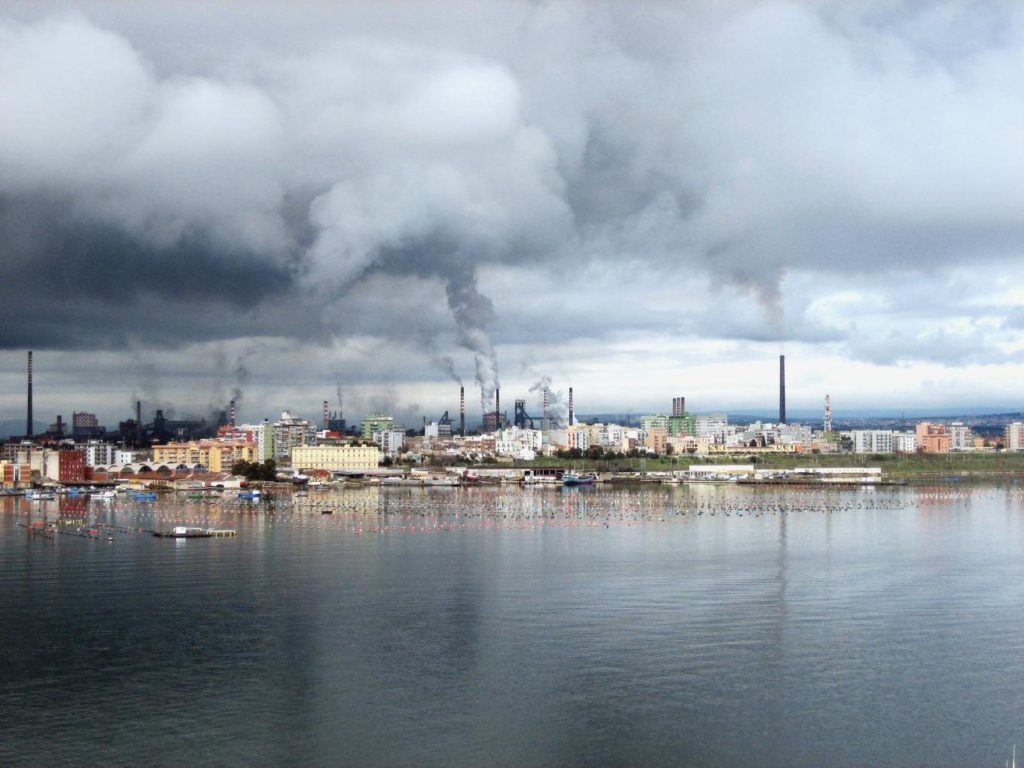
:: image via Roads & Kingdoms
The issue is that the plant serves as the major source of jobs, so it’s a double-edged sword where residents are both in need of the economic benefit but suffer from the ill effects. The plant owners were later charged with a number of crimes for the health and environmental issues, but beyond the legal culpability, there still remains the need for a viable clean-up of the sites, which is often too expensive and long term.
Thus phytoremediation provides a viable strategy for clean up of the toxic sites, with the potential to restore Taranto back to it’s agricultural glory. A group called CanaPuglia and their founder Claudio Natile, who describes hemp and its use as a continuation of an Italian tradition.
“Hemp was a major Italian agricultural crop for hundreds of years. In the 1950s, the country was the second-largest hemp producer in the world after the Soviet Union. Italian hemp seeds provided some of the most resistant fibers, which were turned into clothing. However, with industrialization and the advent of synthetic fibers such as nylon, hemp started to disappear.”
They’ve planted 300 hectares of low THC hemp, which is also harvested to make a range of products, further providing economic vitality and helping to pay for the cleanup. In this case, the toxicity doesn’t persist in the fibers, so it can be used, however there could be toxicity in the seeds so the hemp is not sold for food consumption. The article doesn’t get too far into how hemp is working for pollution reduction, but offered a few links to explore.
According to the Huffington Post, in addition to hemp being a low-input and easy to grow plant, it “…was used at Chernobyl to harmlessly extract toxins and pollutants from the soil and groundwater. Hemp actually absorbs CO2 while it grows through natural photosynthesis, making it carbon-negative from the get-go.”
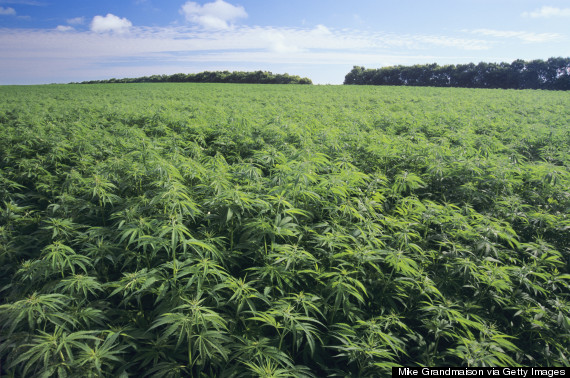
:: image via Huffington Post
The use a variety of plants for phytoremediation of toxic sites, including Brassicas, corn, tobacco, sunflowers and trees, to name a few, all are viable methods to uptake and capture pollutants. The site explains that “ Phytoremediation is a process that takes advantage of the fact that green plants can extract and concentrate certain elements within their ecosystem. For example, some plants can grow in metal-laden soils, extract certain metals through their root systems, and accumulate them in their tissues without being damaged. In this way, pollutants are either removed from the soil and groundwater or rendered harmless. “
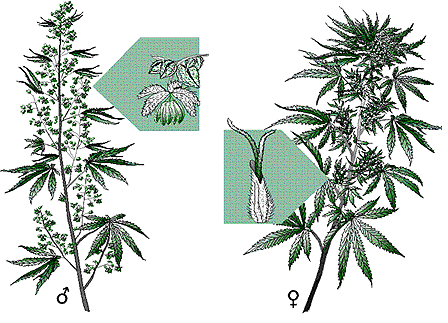
:: image via McGraw Hill – Botany Global Issues Map
The use of hemp is explained in a bit more detail “In 1998, Phytotech, along with Consolidated Growers and Processors (CGP) and the Ukraine’s Institute of Bast Crops, planted industrial hemp, Cannabis sp., for the purpose of removing contaminants near the Chernobyl site.” The uptake of pollutants at Chernobyl included cesium and strontium, which was bio-accumlated in root structures at high concentrations. While some toxins are broken down in soil and plants, high-grade elements like radioactive waste are pulled from soils into plants, so there is obviously the issue of proper and safe removal of this biomass after this process has taken place.
One interesting link on the larger concept is from the United Nations Enviornment Programme, a site called “Phytoremediation: An Environmentally Sound Technology for Pollution Prevention, Control and Remediation. ” which does offer a primer on the topic. Contrasting it with traditional remediation, the site explains: “Remediation of contaminated sites using conventional practices, such as ‘pump-and-treat’ and ‘dig-and-dump’ techniques, is often expensive, has limited potential, and is usually only applicable to small areas. Additionally, these conventional approaches to remediation often make the soil infertile and unsuitable for agriculture and other uses by destroying the microenvironment. Hence there is the need to develop and apply alternative, environmentally sound technologies (ESTs), taking into account the probable end use of the site once it has been remediated.”
The process happens in multiple ways, but essentially has two methods – the first is breaking down and degrading organic pollutants; the second is to trap metals or non-organics so they cannot move to other animals or areas. The roots are the main source of phytoremediation, being in contact with pollutants directly through the extensive below-grade surface area. When areas of contamination are deeper, trees are often used where their more extensive rooting systems can go further down than herbacous plants and shrubs. There are also cases where water can be pumped from below grade and then treated on the surface using plants.
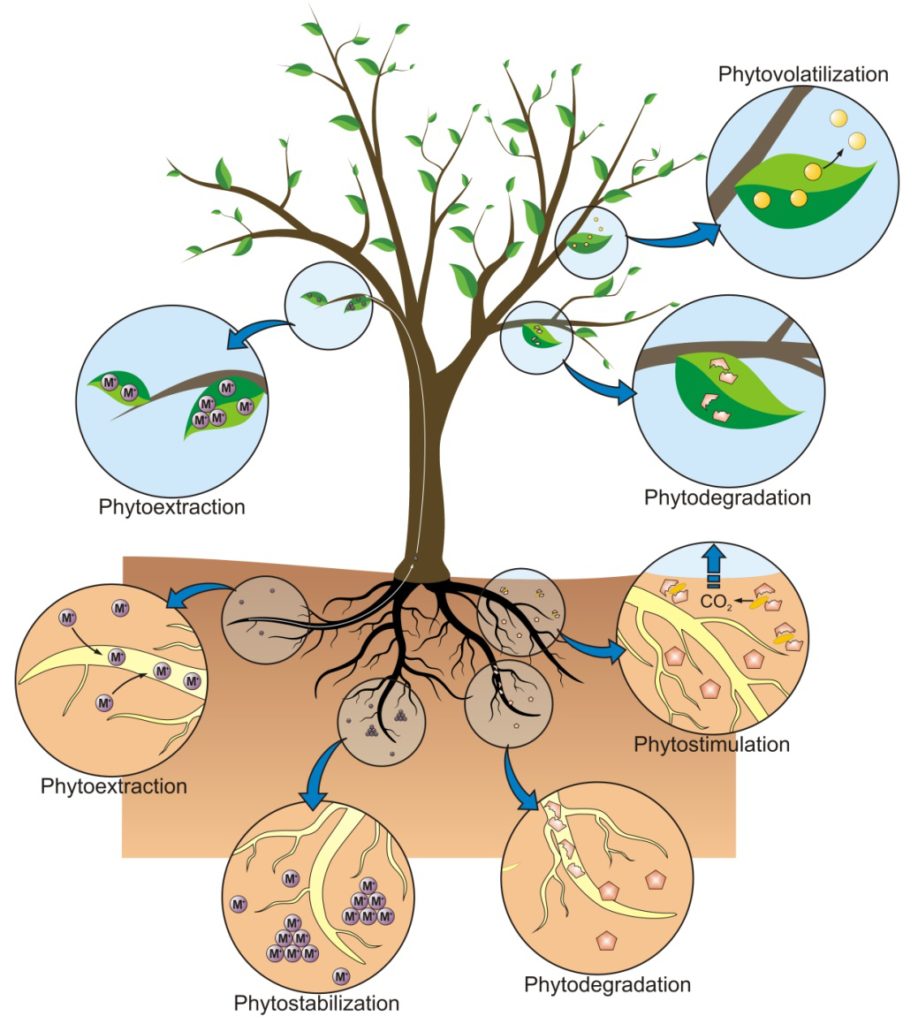
:: image via Intech
As the above graphic shows, there are many methods at work with the phytoremediation process, many of which are working on the ‘soil-root’ interface. There are a number of compounds released by the plants, “root exudates” that activate microorganisms that can extract, stablilize, degrade and stimulate toxics. This changes the bioavaiability of the toxins through, as the UNEP site states “changes in soil characteristcs, release of organic substances, changes in chemical composition, and /or increase in plant-assisted microbial activity.”
There are over 30,000 sites in the US that require hazardous waste treatment, and many more worldwide. While many plants that are viable for phytoremediation are available, many of these cannot be used for consumption because of issues with possible contamination. Hemp is perhaps one to consider as the fiber used can still be processed into useful, saleable products, that could potentially fund the cleanup as well. As marijuana legality relaxes somewhat, it may be more possible to use this plant to make our world a cleaner place.
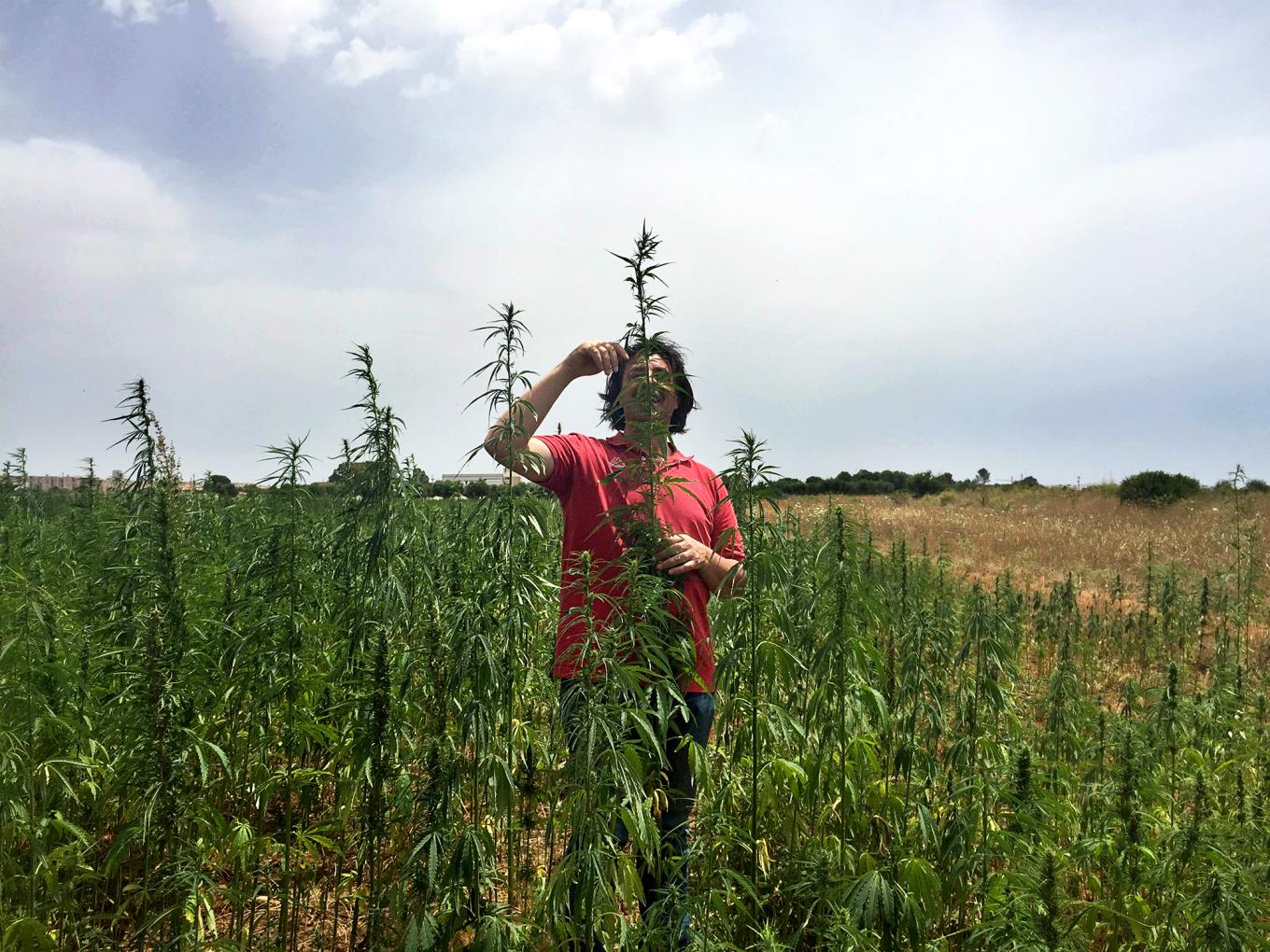
The biggest advantage of hemp seed is that has omega 3 which is useful for health. It is also useful for diseases. According to a survey, the trend of eating is growing in people. Hemp seeds are like superfood, probably going to try it with my smoothie!